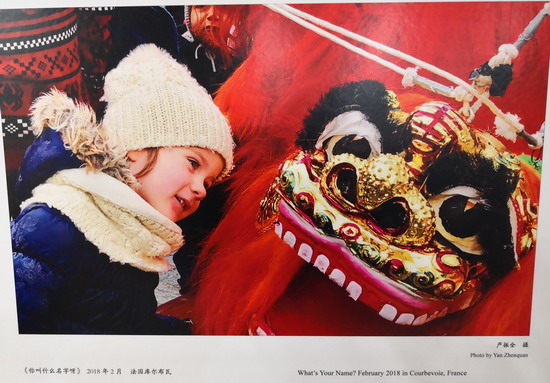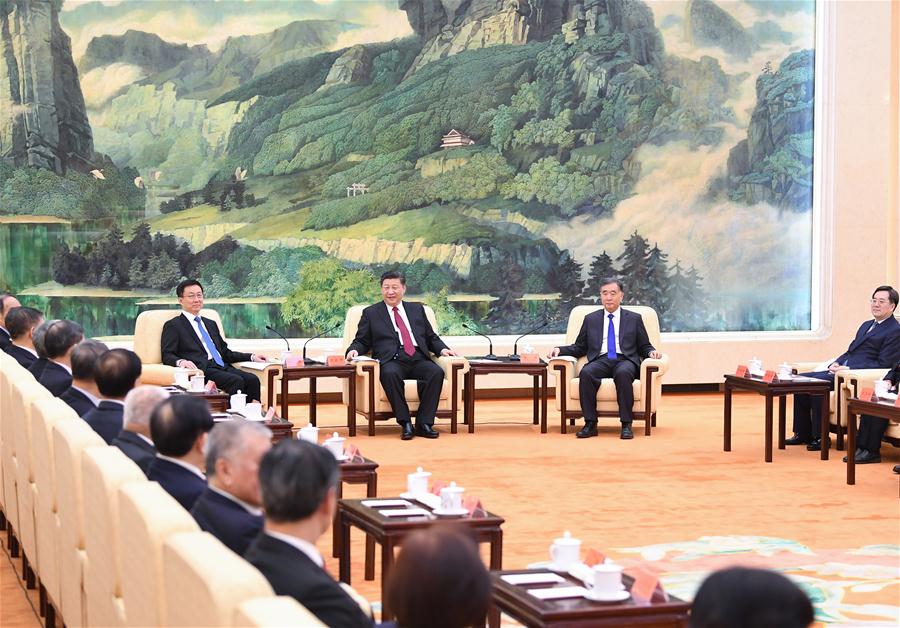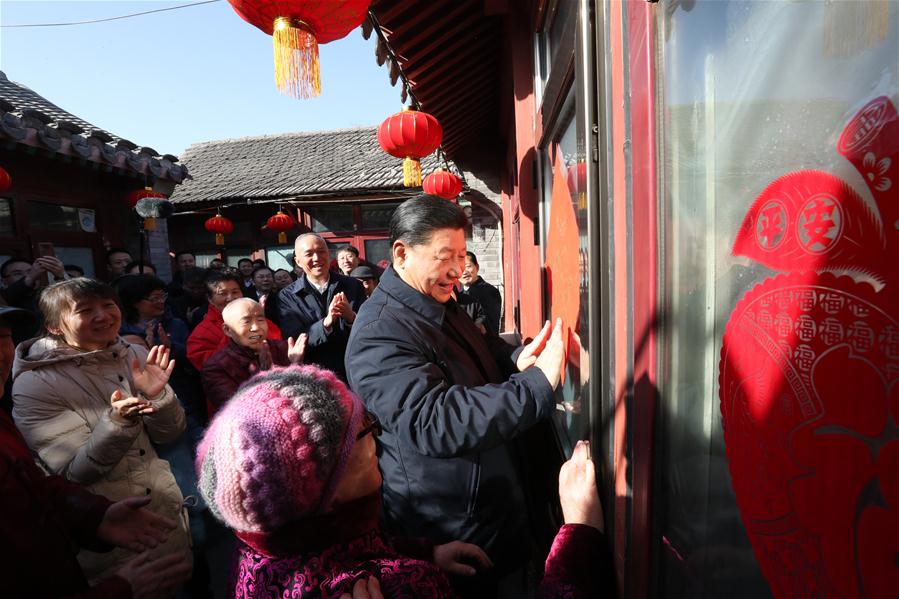A family of train drivers
Zhang Chao, a 30-year-old from northwest China's Gansu Province, drives a train just as his father and grandfather did.
"I'm lucky to be a train driver during a time when China's railway system is developing so fast. While my grandfather had to take care of a lot of things, the only thing I need to do is drive the train and send the passengers home safe and sound," Zhang Chao said.
Zhang Ganchen, 79, Zhang Chao's grandfather, is among the first generation of train drivers in China.
Half a century ago, he drove the steam train that mainly carried oil and steel for the national economic construction and development.
"I remember that one day in 1958, I saw a notice on the street recruiting train drivers, and I just applied," Zhang Ganchen said. "It took me 12 years to learn and finally become a train driver."
As one of the first generations of train drivers in China, he had to be able to handle hunger, coldness and heat and repair the train himself.
For example, snow was a common thing in the winter in Gansu. It would be freezing cold, and the wind would leak into the locomotive, but he still had to lean his head out to observe the rail conditions.
"I think my father looked the most handsome when he leaned out and observed the rail conditions," said Zhang Limin, Zhang Ganchen's son. "That's why I also became a train driver."
Zhang Limin became a train driver in 1992, driving a steam train like his father. But two years later, he started to drive a diesel train as China bid farewell to steam trains and welcomed diesel trains in the 1980s.
"The new train was equipped with heat in the winter and a fan in summer," he said.
"The train also ran faster. It took my father more than 10 hours to run 200 km, but it only took me five," he said.
"I actually disliked and even rejected trains when I was little since I knew that my grandfather and father had an irregular routine and little time to be with the family," Zhang Chao said.
"But the thing I talked about the most with my classmates is trains. I was always proud to say that my father was a train driver, and I gradually fell in love with trains," he said.
In 2015, Zhang Chao became a driver of an electric train after two years of courses. Last year, he got his license to drive a bullet train and will begin driving in April.
China's railway trains went up six speeds from 1997 to 2007. At the end of the 20th century, trains were running at a speed of no more than 60 kph, but they began to run at 200 kph since 2007. Now, high-speed railway trains can run as fast as 350 kph.
China launched 10 new railways at the end of 2018, expanding its operational length of high-speed railways to 29,000 km. By 2020, China's high-speed rail length is expected to reach 30,000 km, covering 80 percent of major cities.
Most of the toys Zhang Chao and his wife buy for their one-year-old son are train-related. "He will probably also fall in love with trains, and if he wants to become a train driver too when he grows up, I will support him," he said.
Tibet Stories

10th Panchen Lama and the Aid-Tibet Development Foundation
The Aid-Tibet Development Foundation is the first charitable organization on the Roof of the...
Latest News
- Egypt uncovers intact 4,400-year-old pharaonic tomb near Giza pyramids
- UN climate conference adopts rulebook for implementing Paris deal
- Service of Chinese Americans in World War II to be formally recognized
- Germany suffers severe Santa shortage as Christmas draws near
- 7-year-old in good health, border agents said; then she died






